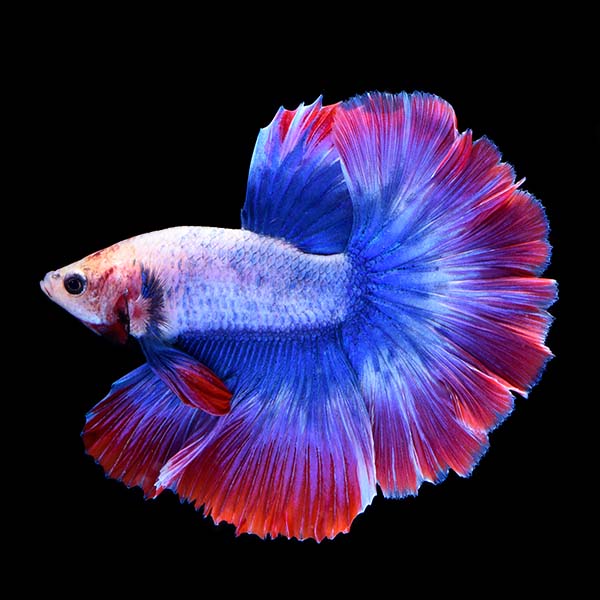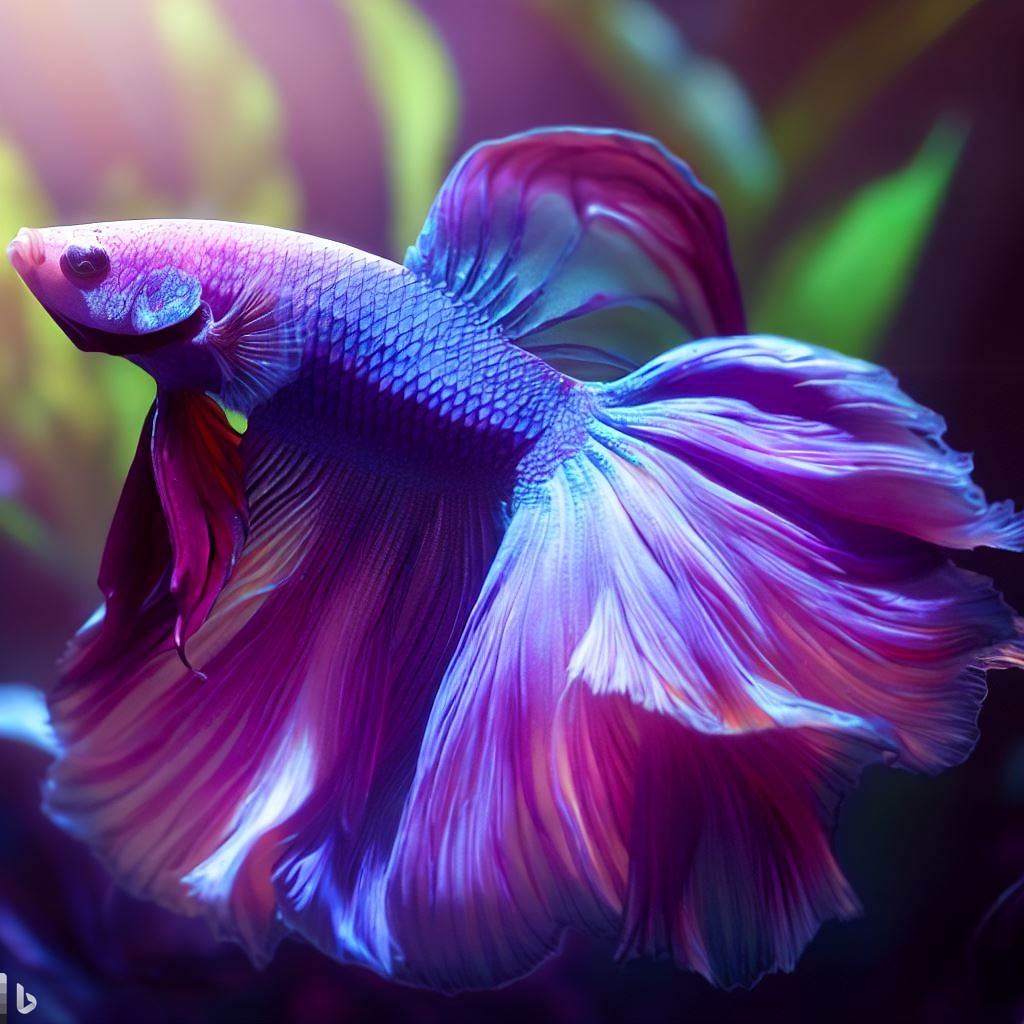Just how to Produce the Perfect Betta Fish Habitat in the house
Just how to Produce the Perfect Betta Fish Habitat in the house
Blog Article
Reproducing Betta Fish: a Comprehensive Step-By-Step Overview to Effectively Raising Child Bettas From Eggs to The Adult Years
Reproducing Betta fish is a precise endeavor that needs careful planning and execution to make certain the effective growth of fry from eggs to develop fish. As the male Betta faithfully constructs a bubble nest and guards the precious eggs, the subsequent stages of treatment and change need interest to information and expertise of finest practices.

Choosing Reproduction Pairs
When getting started on the trip of reproducing Betta fish, selecting the right reproduction pairs is essential to achieving preferable qualities and a healthy family tree - betta fish. The very first step in this procedure is to determine the certain attributes you want to enhance or maintain, such as color, fin type, and physique. It is necessary to pick genetically diverse pairs to prevent inbreeding, which can result in wellness concerns and unfavorable features
Assess prospective reproducing prospects carefully. A healthy and balanced male Betta ought to exhibit dynamic shades, an energetic demeanor, and well-formed fins, while the lady ought to also display dynamic coloration and a rounded stomach, showing readiness for spawning. Observing the character of both fish is important, as hostile or extremely timid individuals may not breed efficiently.
Documentation of family tree is just as important. Keeping records of the parent fish's origins can assist you track genetic traits and potential issues. Additionally, speak with respectable dog breeders or online sources for guidance on selecting compatible sets. Inevitably, spending time in the option process will substantially boost the probability of producing solid, vivid children that meet your breeding goals (betta fish).

Preparing the Breeding Container
Developing an ideal reproduction setting is a key step after selecting appropriate pairs for Betta fish. The breeding container ought to be particularly created to provide convenience and boost the all-natural reproduction actions of the fish. Beginning with a storage tank dimension of at the very least 10 gallons to guarantee appropriate space for both the man and women Bettas.
Preserve a mild filtration system to maintain the water tidy while avoiding solid currents that can emphasize the fish. Additionally, an air stone can be contributed to supply oxygenation without interfering with the water surface area also much.
Temperature regulation is essential; go for a steady series of 78-82 ° F(25-28 ° C) making use of a reputable heating unit. The pH degree should be maintained between 6.5 and 7.5, and normal water modifications are necessary to make sure high water top quality.
Incorporate drifting plants or spawning mops to develop hiding areas for the lady, while likewise motivating bubble nest building by the man - betta fish. Guarantee the storage tank is free from sharp decors and any possible risks, as the welfare of the fish should always be prioritized during this important stage of breeding.
The Breeding Process
Typically, the reproducing procedure for Betta fish involves a series of distinct and visible habits that indicate preparedness for reproduction. The male Betta starts by developing a bubble nest at the water's surface, which acts as a website for the fertilized eggs. This nest is vital, as it provides a risk-free atmosphere for the eggs till they hatch out.
As soon as the nest is developed, the man will show courtship behaviors, such as flaring his fins and showing vivid colors to attract the female. The lady, upon sensing the male's readiness, will respond by displaying vertical stripes along her body, indicating her receptiveness.
The fed eggs then fall to the bubble nest, where the male carefully gathers and returns them to the nest. Following this, the male assumes duty for securing the nest and making certain the safety and security of the eggs till they hatch, usually within 24-36 hours.
Caring for Betta Fry
Caring for Betta fry calls for mindful interest to their atmosphere and nutrition to make sure healthy growth and growth. After hatching out, Betta fry are very little and prone, necessitating a steady and tidy habitat.
Feeding Betta fry is just as vital. At first, they need to be supplied infusoria or carefully crushed Recommended Site top quality fry food, as their mouths are as well little to take care of larger particles. As they expand, you can gradually introduce bigger foods, such as baby salt water shrimp or powdered flakes, to ensure they obtain sufficient nourishment. Feed them percentages a number of times a day, bewaring not to overfeed, which can result in water top quality problems.
Transitioning to Grownup Bettas
As Betta fry fully grown, transitioning them to adult Bettas is a crucial phase that requires careful management of their setting and social communications. This process normally starts when the fry get to around 6 check over here weeks old, whereupon they can be gradually introduced to a much more organized living setting.
To facilitate this shift, it is important to guarantee that the water criteria-- such as temperature level, pH, and ammonia degrees-- are ideal and secure. Adult Betta fish prosper in warm water (around 78-80 ° F) with a pH of 6.5 to 7.5. Gradually acclimate the fry to these conditions to reduce anxiety.
Social interactions are one more essential factor; male Bettas are infamously territorial and hostile. Consequently, it is suggested to separate men right into private tanks as they mature. Female Bettas can be housed together, but treatment needs to be taken to check for indicators of aggressiveness.
Furthermore, nutritional modifications must be made as the fry grow. Incorporate high-quality pellets and live foods to sustain their growth and health. By handling these variables successfully, you can advertise a successful change to their adult years for your Betta fish.

Verdict
Effective reproduction of Betta fish calls for careful attention to detail throughout the entire process, from choosing genetically diverse pairs to supplying ideal care for fry. By making sure ideal breeding conditions and keeping water high quality, the possibility of healthy and balanced spawn enhances significantly. Additionally, a balanced diet plan and gradual adaptation to adult environments are important for the growth and advancement of Betta fish. Complying with these steps diligently promotes a flourishing populace of Betta fish, improving both their health and vitality. read here
Report this page